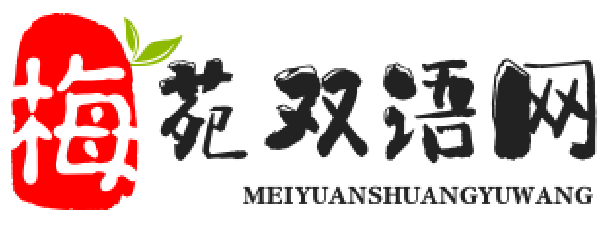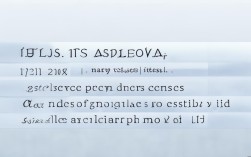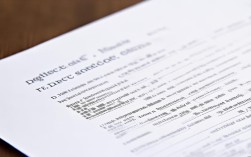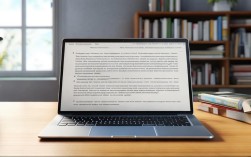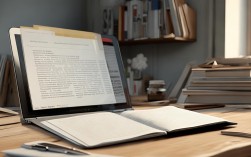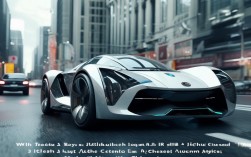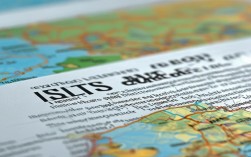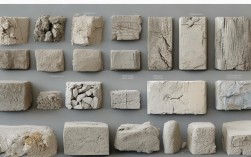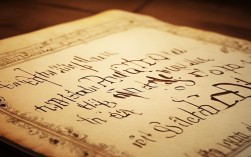Okay, here's an English essay on the origin of Peking Opera.
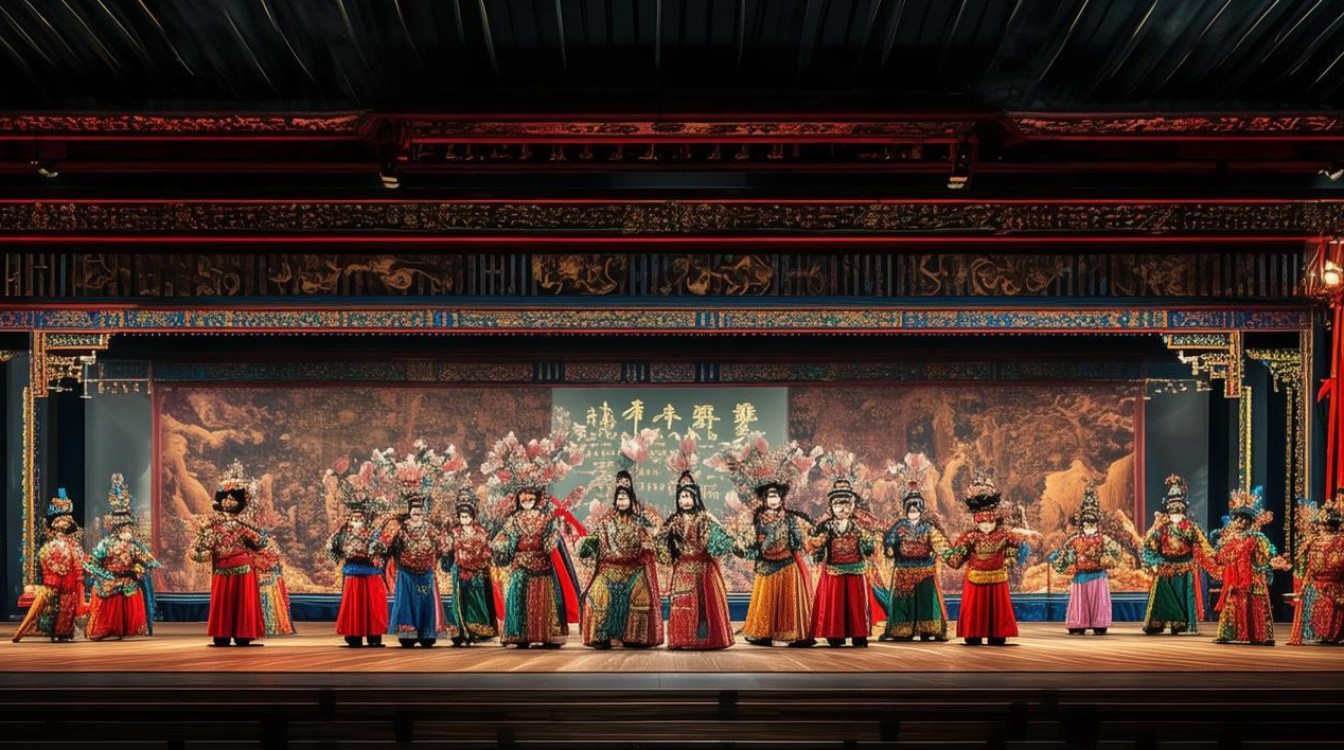
The Origin and Evolution of Peking Opera
Peking Opera, known as Jingju (京剧) in Mandarin, stands as a magnificent and quintessential art form of China, renowned for its elaborate costumes, intricate makeup, distinctive arias, and highly stylized movements. However, its emergence was not a sudden event but rather a fascinating evolutionary process that unfolded over several decades, culminating in the mid-19th century in Beijing, the nation's capital.
The roots of Peking Opera can be traced back to the late 18th century, a period of relative peace and prosperity during the Qing Dynasty, particularly the reign of Emperor Qianlong. This era saw a flourishing of various regional opera forms. Among the most influential precursors were Hui Opera (徽剧), from Anhui province, and Kunqu (昆曲), an older, more refined style from Jiangsu province. Additionally, Qin Opera (秦剧), also known as Qinqiang (秦腔), from Shaanxi province, contributed significantly with its powerful and passionate singing style.
A pivotal moment in the development of Peking Opera occurred in 1790, when Emperor Qianlong celebrated his 80th birthday. He invited opera troupes from different regions to perform in the capital. Among these was the Four Great Anhui Troupes (四大徽班), which brought Hui Opera to Beijing. These troupes were not only skilled performers but also adaptable. They began to absorb elements from other popular forms of entertainment they encountered in Beijing, such as Kunqu melodies, Qinqiang techniques, and even local folk tunes and acrobatic displays.
Following the decline of Hui Opera's initial dominance in the early 19th century, another key influence emerged: Hubei Opera (汉剧), particularly its Xipi (西皮) and Erhuang (二黄) musical systems, which became the backbone of Peking Opera's music. Performers from Anhui and Hubei began to collaborate and integrate their strengths. The Anhui troupes excelled in martial arts and acrobatics, while the Hubei performers brought rich musical traditions and refined acting. This fusion of diverse regional styles, sometimes referred to as the "melting pot" of Chinese opera, gradually gave birth to a new, unique theatrical form.
By the mid-19th century, during the reign of Emperor Xianfeng, this new art form had taken shape in Beijing and was officially named "Peking Opera." It quickly gained immense popularity among the imperial court, the aristocracy, and the general public. Theaters mushroomed in Beijing, and Peking Opera became the dominant form of entertainment.
Several factors contributed to its success. First, its musical system, centered on Xipi and Erhuang, was incredibly versatile, capable of expressing a wide range of emotions and narratives. Second, the performance style, which combined singing, recitation, acting, and acrobatics (often summarized as "chang, 念, 做, 打" – singing, speaking, acting, and acrobatics), offered a rich and dynamic theatrical experience. Third, the elaborate and symbolic costumes, distinctive facial makeup (which often indicated character traits), and stylized gestures created a visually stunning and highly codified art form.
In conclusion, Peking Opera is not a single style but a brilliant synthesis of various regional Chinese opera traditions, particularly Hui Opera and Hubei Opera, which flourished and evolved in the cultural melting pot of Beijing during the Qing Dynasty. Its development was a gradual process of adaptation, innovation, and integration, ultimately creating a uniquely Chinese art form that continues to captivate audiences worldwide, embodying the essence of traditional Chinese cultural aesthetics and performance art.
